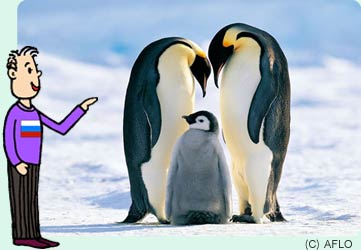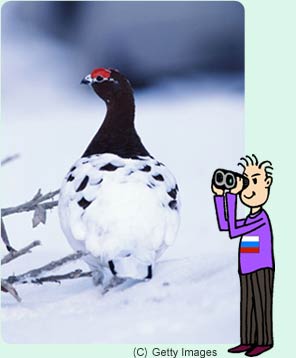
Habitats for wild animals continue to disappear from the face of the earth. There are two major reasons for this. One is development: more forests are being cut down for timber or to make way for farmland. Many wild animals need big forests to survive. When the trees disappear, these animals lose their food supply and can no longer live.

Loss of Habitat and New Competitors
The other major reason why animals' habitats are decreasing is global warming. Many micro-organisms and insects are dying out because they can't cope with rising temperatures. If these smaller organisms disappear, then so do the small and medium-sized animals that rely on them as a food source. This, in turn, means that the large animals at the top of the food chain lose their food supplies. If food supplies continue to get smaller and smaller, animals will have nothing to eat but the crops grown by humans.
What's more, some animals are reacting to warmer temperatures by moving to new habitats, where they compete for food with species that already live there. In the mountains of Japan, there is an officially protected species of bird called the Japanese rock ptarmigan. This species is a survivor from the last ice age. The rock ptarmigans like cold places, so they live high up in the mountains. In addition Japanese deer like the cold, and as the earth's temperature has risen they have moved higher and higher up the mountains to stay in the cold. The newly arrived deer have started to eat the same plants as the ptarmigans, depriving the birds of their food supply. Surveys indicate that the Japanese rock ptarmigan population has declined to only half of what it was 25 years ago.

The Importance of Preserving the Natural Environment
Nearly 20% of Southeast Asia's tropical rainforests are located on Borneo, the third largest island in the world. There are over 220 different kinds of mammals living in Borneo's forests, including rare species like orangutans, Sumatran rhinos, Borneo pygmy elephants, and proboscis monkeys. These animals now face the threat of extinction as their forest homes are cleared for timber or taken over by groves of oil palm trees, which are cultivated for cooking oil.
In Kenya, Africa, meanwhile, many flamingoes have died because lakes have dried up. In Antarctica, global warming is causing sea ice to melt, and this is reportedly harming populations of chinstrap and emperor penguins. The penguins feed on a kind of shrimp called krill, which cannot survive without the sea ice.
In addition to preventing the reckless over-hunting of wild animals, the protection of their natural habitats is a big challenge for the world as it seeks to tackle global environmental problems.










